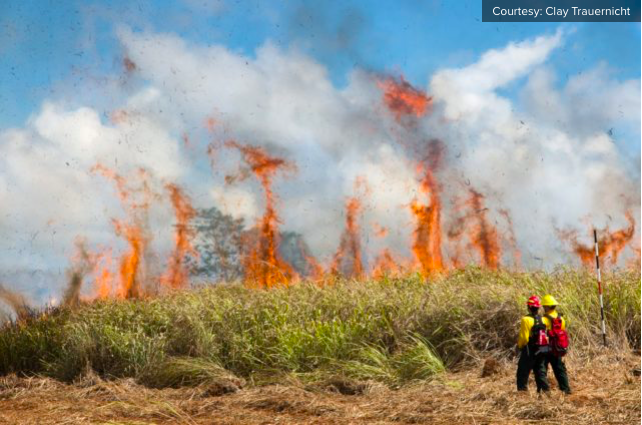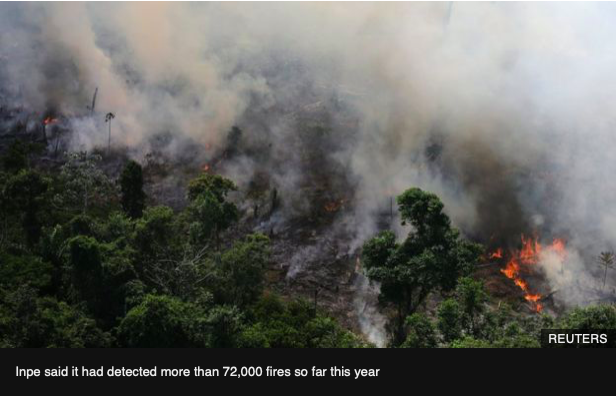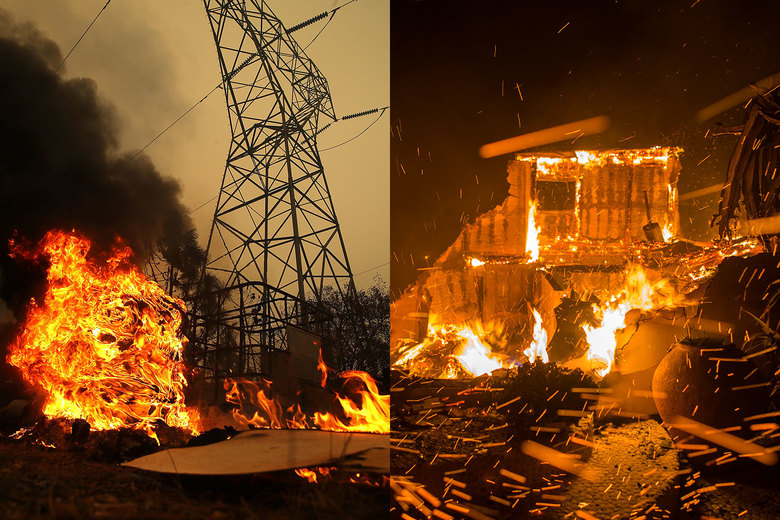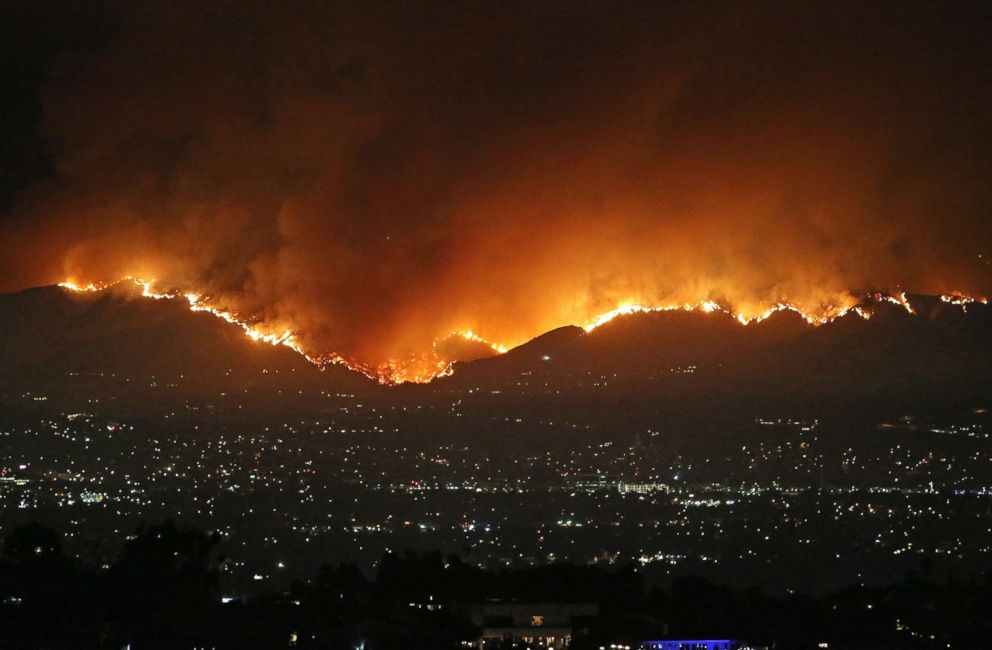This Honolulu Civil Beat Article does a wonderful job of describing the wildfire situation Hawaii is currently facing. With as high of a percentage of land that is burned every year as the notoriously fire-prone western United States, Hawaii has a big issue on its hands.
This Civil Beat article goes into the environmental conditions that have resulted in such a dramatic increase in wildfires throughout the state, as well as the economic and historical reasons that have helped cause these current conditions to exist. Hawaii’s past has consisted of large-scale land alterations, heavy impacts on fragile endemic and native species with the introduction of invasive competition into the ecosystem, as well as dramatic increases in human population over time. All of these factors, along with many other environmental variables currently in flux with the rapidly changing climate play a part in Hawaii’s fire situation. It is becoming increasingly imperative that fire fuel loads are managed throughout the state, and that we all share the knowledge of how to live alongside this increasing threat of wildfire.
“University of Hawaii professor Camilo Mora recently reviewed 12,000 scientific studies and found at least 30 different types of impacts of climate change related to fires, hitting health, food, water, infrastructure, security and the economy. Wildfires affect mental health and spread disease, degrade air quality and harm coral reefs, threaten freshwater supplies and deter tourists”
-Civil Beat Author Nathan Eagle
We recommend reading the Honolulu Civil Beat Article to take a deeper dive on all of these dimensions to wildfire in Hawaiʻi.





















